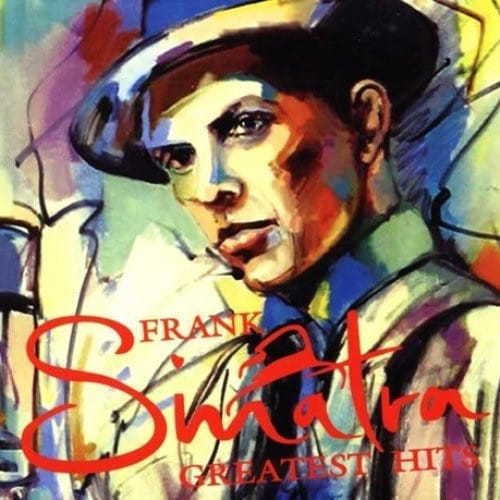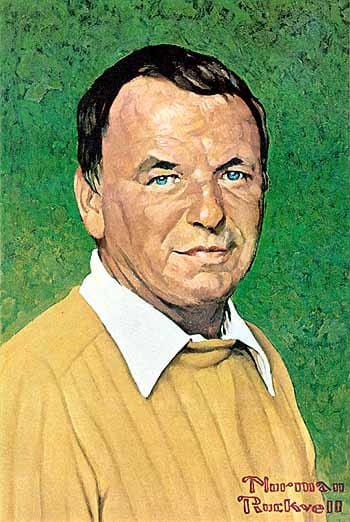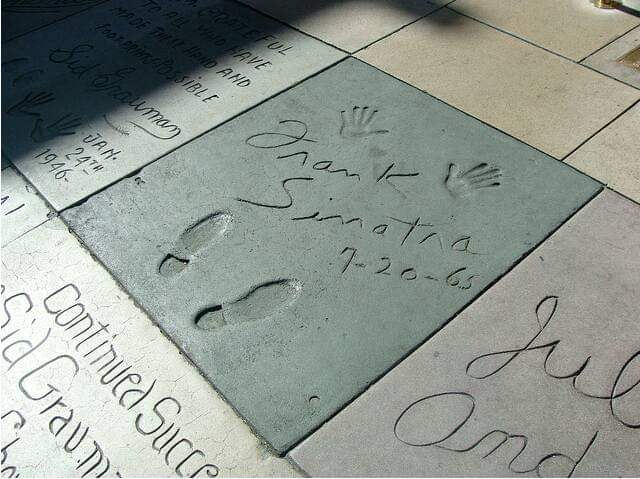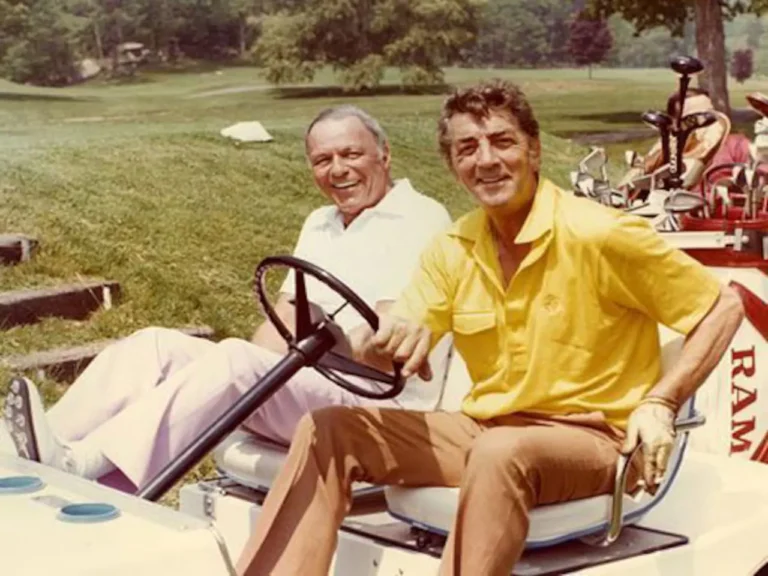
“I’LL NEVER SMILE AGAIN”
Frank Sinatra’s first number 1 and the origins of the charts.
By Mahnuel Muñoz
HISTORIC CONTEXT
In 1940 in the United States he danced and hugged to the sounds of the orchestras of Glenn Miller and Artie Shaw, as well as to the syave singing of the already veteran Bing Crosby.
But the name of Frank Sinatra was beginning to be heard, a young Italian-American vocalist from Hoboken, New Jersey, who had been singing with Harry James’ band and was the newest signing of the prestigious Tommy Dorsey’s orchestra.
Barely two months after his arrival in Dorsey’s lineup, hit records that included Sinatra began to follow one another among the public’s favorites. Throughout the year there would be no less than thirteen songs located in the Top 20, among them “I’ll Never Smile Again”, a heartbreaking ballad of loss and longing that entered the charts on June 29 and went down in history a month later. following as The Voice’s first number one and also the first number one on Billboard’s first best-seller chart in history.
The periodic charts of Billboard magazine (founded in 1894) had actually begun in 1913, although they were based on the sale of sheet music. From the late 1930s and early 1930s, record sales began to grow exponentially and, consequently, were carefully analyzed and used in charts to spread popular taste and influence the decisions of consumers who, Increasingly, they bought based on the position obtained by a certain song. Optimal ground was thus created for the unprecedented success of Frank Sinatra, who brought together the virtues of his predecessor and source of inspiration, Bing Crosby, with other new skills that excited his young and growing fan base and set the standard of the popular solo singer.
THE SONG
Interwar popular music in the United States had been distinguished by its nostalgic and escapist character, and “I’ll Never Smile Again” is a paradigmatic example.
It was composed in 1939 by the Canadian pianist and composer Ruth Lowe after losing her husband in a surgical operation, a few weeks after getting married. The piece was awarded in a song contest and premiered by the Percy Faith orchestra. It was offered to Tommy Dorsey, who initially turned it down. It then passed into the hands of Glenn Miller, who made a recording in April 1940 that went commercially unnoticed. Dorsey then reconsidered and decided to make his own version, adorned by Fred Stulce’s charming arrangement, with that classic celesta sound at the hands of pianist Joe Bushkin and the beautiful languor of the voices of Jo Stafford and The Pied Pipers, creating a silky and dreamlike bed for Sinatra’s voice, which, as if it were a farewell tear, sounds light, transparent and sad, but at the same time endowed with an emotional charge inappropriate for a twenty-four-year-old boy with less than twelve months of professional career. Ruth Lowe also wrote the lyrics to another classic from Frank’s early solo career, “Put Your Dreams Away.”
“I’ll Never Smile Again” accompanied Frank throughout his career. There are quite a few recorded records and I would like to review the most important ones for you, including the corresponding discography.
1- The original version, recorded on May 23, 1940, can be found in many official and unofficial compilations, but I want to take advantage of these lines to recommend the superb 5-CD box set “The Song Is You”, released by RCA in 1994, and which includes the entire commercial production of The Voice with the Dorsey orchestra, with alternative takes, live material and a generous informative booklet.
2- Shortly after its success on the charts, on November 24, 1940 it was rerecorded for the film “Las Vegas Nights” (1941) with which Sinatra made his film debut. The original recording has been lost, so the only vestige of said reinterpretation is a cut taken directly from the film in which a good part of the piece is heard in the background while the characters converse. This rarity is collected in the impeccable 6-CD set “Frank Sinatra In Hollywood 1940-1964”, published by Reprise in 2002.
3- On October 24, 1945, during the rehearsal of one of the radio spots starring Frank, a new reading of the piece was recorded, with the presence of Tommy Dorsey and The Pied Pipers. The original recipients of this record were soldiers in the United States Army, who periodically received discs called “V-DISCS” as a sign of support and affection from the music industry. In 1994 the Columbia label compiled a good part of these recordings on a double CD titled precisely “The V-Discs”, easily available on the market. A label called Jazz Factory released in 2003 a box set with three compact discs titled “The Real Complete Columbia Years V-Discs”, with almost twenty additional tracks, which can also still be found, searching a little more intensely and above all, paying much more money.
4-On May 14, 1959, Frank made a new version, slower and somber, with arrangements by Gordon Jenkins for the magnificent album “No One Cares”.
5-On October 11, 1965 he recovered Fred Stulce’s old arrangement in an autumnal and emotional reading that was included on the double LP “A Man And His Music”.
6- He also shared it with his audience in television performances and concerts, highlighting the performance performed during the famous “Retirement Concert” of June 13, 1971, collected in the box set “All Or Nothing At All”, which we have recently reviewed. For this occasion, he resorted to Gordon Jenkins’ arrangement.
Frank continued singing “I’ll Never Smile Again” into the 1990s, demonstrating an unwavering commitment and sincere affection for his artistic origins and in particular for this transcendental success that changed his personal and professional destiny and in some way provided the soundtrack to his transition from a simple orchestra singer to the “Big Bang” of the popular song as it has been understood during the 20th century and much of the 21st.
If you want to visit more articles about the life of Frank Sinatra enter the following Sinatra Radio 24h link: https://sinatraradio24h.com/category/articles/
We remind you that you can also listen to Sinatra Radio 24 hours on your mobile phone by downloading our free applications for Android in the Play Store https://play.google.com/store/apps/details?id=sinatra.radio24h








